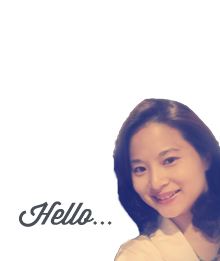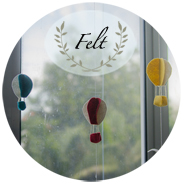
I don’t know why children are provided with a plethora of coloring activities in preschool. They do colouring activities in school, colour in Sunday school classes, colour while at a child assigned area in a mall, colour when they are given crayons and coloring pages while waiting for their food to be served in a child-friendly restaurant.
Colouring does aid in fine-motor skills training, help children develop compliant skills by coloring within the lines, improve concentration and attention span, and builds color awareness by learning how to use the right colors for the right items in the picture. But I think, coloring probably benefits adults more than it does benefits the children, as it keeps the children busy and quiet for a while.
In fact, I think the Sunday School that K attends over-does it with coloring every week. All they do, after teaching children about a character development lesson for that Sunday, is to get them to color till the end of the lesson  So lately when the teacher feedback that K does not stop talking during class, I am very sure that it is an indication that coloring is boring him tremendously in class! He is showing resistance lately when it comes to completing his homework from school. He finishes the written sections but when it comes to coloring, he tells me that he gets very tired of coloring.
So lately when the teacher feedback that K does not stop talking during class, I am very sure that it is an indication that coloring is boring him tremendously in class! He is showing resistance lately when it comes to completing his homework from school. He finishes the written sections but when it comes to coloring, he tells me that he gets very tired of coloring.
But does coloring have a place in teaching young children art? According to the research of Viktor Lowenfeld, coloring book pages take almost all creative thinking away from 50-60% of children. The other 40% of children may not be effected as they may have been given other creative exposure to open ended art experiences to encourage their creativity. In fact, if a child continually focus on only colouring, he might find it hard to be satisfied with his own drawing. And might get frustrated when his drawings do not look like the adult drawings in coloring books.
I don’t intend to stop K from coloring, however, I will not provide any form of structured pages coloring activities from the art experiences that I will provide for him during our home-learning art sessions. Here’s is an article that I wrote for myplayschool.net about the pros and cons of Structured Art and Open-ended art experiences.
So when I came across Susan Striker’s Anti-colouring book 3 years ago, I knew that I had to get a copy of that book for Kyle when he turned 5. These Anti-Colouring books with their open-ended ideas of presenting ‘canvases’ for children to draw and create on the pages will encourage opportunities for critical thinking, problem solving and thinking “outside the box”. Here are some sample pages to try, best recommended for kids above 5 years old.

For our recent warmup activity for our open-ended art lesson, I got him to try a page from the book. This was the first time that K encountered an open art activity which involved ‘adding on’ to some ideas on the page, he was a little apprehensive to try it at first, but with some encouragement and modeling, he started adding onto the page.

K’s drawing strongly reflects that he is in the symbolic stage of his art development, and enjoys incorporating words and numbers into his drawings.
We then went on to an open-ended art activity, and I was quite amazed by the result of it.
 Squares with Concentric Circles by Wassily Kandinsky, 1913
Squares with Concentric Circles by Wassily Kandinsky, 1913























